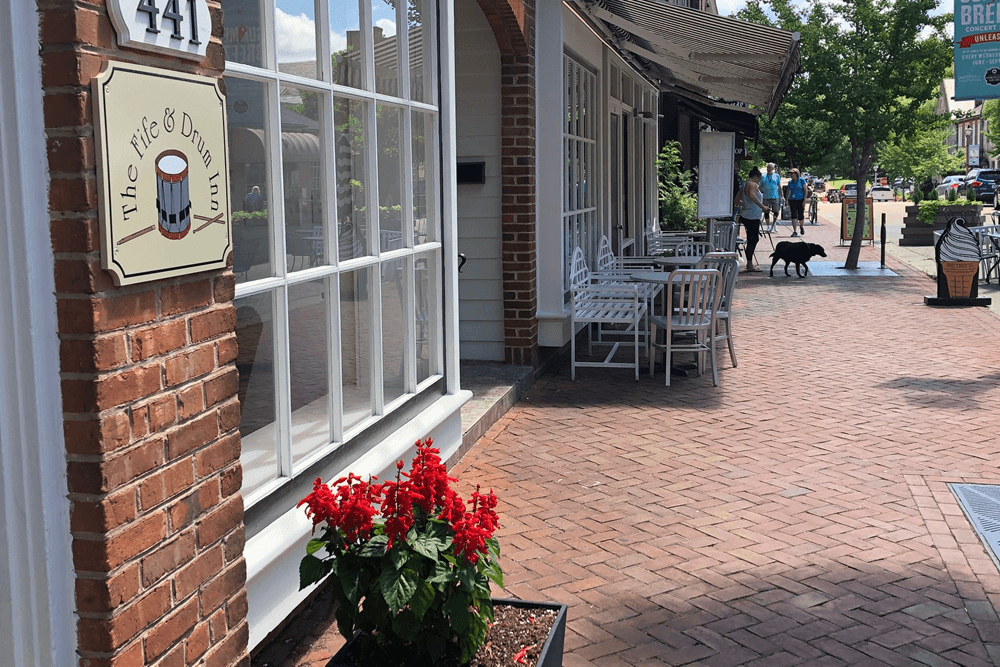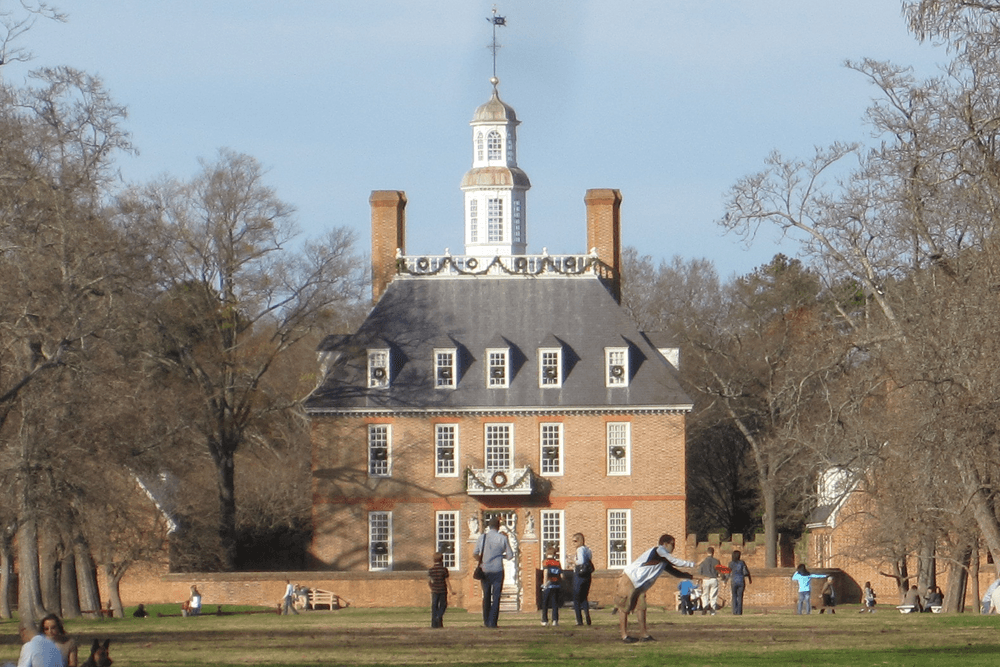Discover Colonial Williamsburg
Convenient lodging in the heart of Williamsburg

Our bed and breakfast provide lodging convenient to area activities and attractions during your stay in historic Williamsburg.
It's hard to write a history of just a few hundred words about a place that's existed since about 1638, but we'll give it a good go.
Colonial Williamsburg-the place where Williamsburg got its start and now, for the most part, a living museum within Williamsburg-became the capital of the English Virginia Colony in about 1699. At the time, it was called Middle Plantation (settled in 1638) and replaced the capital of the colony after the statehouse (capitol building) burned down in Jamestown in 1698. The colonists moved the capital inland to escape malaria-bearing mosquitoes near Jamestown.
"Everything was perfect! The room was spacious and clean. We felt like we were staying in a home - not a hotel."
~ Kevin and Rachael

Middle Plantation
In honor of King William III
Middle Plantation became Williamsburg (to honor England's King William III) that same year. The College of William and Mary (already founded in 1693) served as a locus for the new capital city as streets were laid out, and the main street - Duke of Gloucester - was named for the eldest son of England's Queen Anne. Williamsburg remained the seat of the Virginia Colony until 1780, when the capital was moved (for security reasons) to Richmond, about 55 miles west. Williamsburg mostly spent the next 150 years as a quiet college and farming town, enjoying its status as the home to the well-regarded College of William and Mary.

Recreating History
Colonial Williamsburg Restoration
Since the start of restoration, Colonial Williamsburg has been nearly re-created, featuring shops, taverns, and open-air markets styled as they were in colonial times. The original Governor's Palace and the Capitol building were gone by 1926, so the buildings you see now are complete reconstructions (on their original sites), built carefully and with attention to historical detail, using written descriptions and period illustrations.
There are about 500 buildings in Colonial Williamsburg, about 88 of them original. The grounds and gardens you see today are also reconstructions in the Colonial Revival style.

The Colonial Williamsburg Foundation
Private, Non-profit institution
The Colonial Williamsburg Foundation, a private, non-profit educational institution, operates Colonial Williamsburg. It receives no federal funding. The Historic Area, hotels, restaurants, convention centers, and golf courses are under its aegis. The Foundation also sells licensed reproductions and products.
